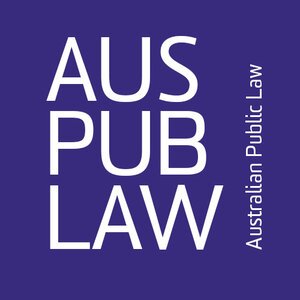
Index
- March 2025 2
- February 2025 2
- January 2025 1
- November 2024 5
- October 2024 2
- August 2024 3
- July 2024 2
- June 2024 4
- May 2024 1
- April 2024 5
- March 2024 5
- February 2024 4
- January 2024 2
- December 2023 5
- November 2023 7
- October 2023 4
- September 2023 5
- August 2023 3
- July 2023 5
- June 2023 3
- May 2023 5
- April 2023 3
- March 2023 5
- February 2023 9
- December 2022 9
- November 2022 3
- October 2022 7
- September 2022 4
- August 2022 8
- July 2022 3
- June 2022 4
- May 2022 9
- April 2022 7
- March 2022 2
- February 2022 5
- December 2021 7
- November 2021 12
- October 2021 9
- September 2021 14
- August 2021 9
- July 2021 5
- June 2021 9
- May 2021 4
- April 2021 3
- March 2021 13
- February 2021 7
- December 2020 1
- November 2020 4
- October 2020 4
- September 2020 5
- August 2020 5
- July 2020 8
- June 2020 5
- May 2020 11
- April 2020 6
- March 2020 5
- February 2020 3
- January 2020 1
- December 2019 1
- November 2019 3
- October 2019 2
- September 2019 2
- August 2019 4
- July 2019 2
- June 2019 2
- May 2019 5
- April 2019 8
- March 2019 2
- February 2019 3
- December 2018 1
- November 2018 9
- October 2018 2
- September 2018 5
- August 2018 3
- July 2018 3
- June 2018 2
- May 2018 5
- April 2018 7
- March 2018 3
- February 2018 4
- December 2017 3
- November 2017 7
- October 2017 4
- September 2017 3
- August 2017 3
- July 2017 1
- June 2017 3
- May 2017 2
- April 2017 3
- March 2017 4
- February 2017 3
- January 2017 1
- December 2016 3
- November 2016 4
- October 2016 2
- September 2016 1
- August 2016 3
- July 2016 1
- June 2016 3
- May 2016 3
- April 2016 4
- March 2016 4
- February 2016 3
- January 2016 1
- December 2015 2
- November 2015 4
- October 2015 4
- September 2015 4
- August 2015 3
- July 2015 6
- June 2015 6
Legislation in the contemporary administrative state: an Australian perspective on Loper Bright
Lisa Burton Crawford
Recent decisions of the United States Supreme Court (SCOTUS) seem to have thrown the administrative state into crisis. A suite of recent cases have limited executive power in important ways—for example, by requiring executive action to be authorised by far more detailed legislation than has previously been required, or preventing executive agencies from performing certain functions that they have been allowed to in the past. These include the momentous decision in Loper Bright Enterprises v Raimondo, 603 US ___ (2024) — in which the SCOTUS effectively overturned the doctrine of Chevron deference.
Why should Australian public lawyers be interested in these developments? What light do they cast on our own legal system, and its particular strengths and pathologies? This post explores these issues, beginning with the complex legislative framework that sustains administrative government here.
Tackling the challenge of legislative complexity
William Isdale and Nicholas Simoes da Silva
In this piece, we build upon a recent post on legislative complexity by Crawford, Akand, Contractor and Sisson to reveal just how big a problem legislative complexity actually is. In doing so, we will explain how a recently launched ALRC initiative — the DataHub — can deliver new insights for scholars interested in probing these issues further. We will also outline some additional answers to a question posed by Crawford and colleagues: “how do we actually simplify legislation?”, drawing on the ALRC’s latest research.
Legislative complexity: what is it, how do we measure it, and why does it matter?
Lisa Burton Crawford, Elma Akand, Steefan Contractor and Scott Sisson
The ongoing inquiry of the Australian Law Reform Commission (ALRC) into Financial Services Legislation has cast new light on the complexity of legislation enacted by the Australian Parliament. This post aims to harness some of the ‘significant appetite and impetus for change’ that the ALRC identified with respect to federal financial services legislation for the broader phenomenon legislative complexity — which, we argue, has become systemic. This is demonstrated by data that we collected from the Federal Register of Legislation (FRL).
Tidying our house of law: bringing the Marie Kondo philosophy to the Commonwealth statute book
William Isdale and Nicholas Simoes da Silva
Last year marked the 120th anniversary of the Commonwealth statute book – an anniversary that offers an opportunity to reflect on the house of law we have built. There is much to be proud of: a house constructed from the timbers of Parliamentary sovereignty, with strong constitutional foundations.
Legislative morass and the rule of law: a warning, and some possible solutions
William Isdale & Christopher Ash




